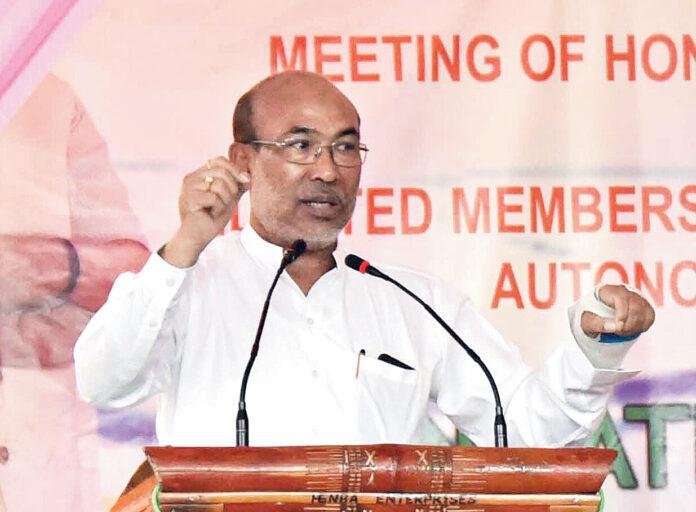Manipur Chief Minister N. Biren Singh on Saturday said that the state government will soon publish a white paper on the legalization of liquor in the state. The BJP government in Manipur has decided to partially lift the three-decade-old prohibition in the state, which is expected to generate a revenue of Rs 600 crore annually. Opposition to this decision has started in different groups of the state. Demanding quashing of the government’s decision to partially lift the prohibition, various women’s organizations staged a sit-in at Akampat Mamang in Imphal on Saturday.
Coalition Against Drugs and Alcohol (CAD) and women’s groups are also demanding amendments to the cabinet decision. The Chief Minister said that the State Government would soon bring the Liquor Prohibition Amendment Bill to clarify its liquor policy. He told the media, keeping in mind the demand of CAA and other organisations, the government is preparing a blueprint or white paper. The blueprint will explain the dos and don’ts of selling and making alcohol.
Singh said that any further decision in this matter would be taken only after consultation with all the stakeholders. Considering the health hazards caused by the consumption of adulterated liquor, Singh said that the police would soon launch a campaign against illicit liquor.
According to the government, the sale of liquor will be limited to facilities of at least 20 beds in district headquarters, some other identified places, tourist places and resorts, security camps and hotels. Tribal Affairs and Hill Development Minister Letpao Haokip, who is also the government’s spokesperson, said that, considering the government’s financial crunch to boost revenue generation, we expect to generate revenue of over Rs 600 crore per year. We do.
Apart from several other social evils, women in Manipur have been fighting against alcohol since the 1970s, forcing the Manipur People’s Party-led government to pass the Manipur Liquor Prohibition Act in 1991. The law still stands. From 1991 onwards, Manipur officially became an arid state, with people belonging to the Scheduled Caste and Scheduled Tribe communities being allowed to make alcohol only for traditional purposes.
However, despite prohibition, alcohol consumption could not be successfully controlled and alcohol remained widely available, leading to agitations against the dangers related to alcohol in various parts of the state.




